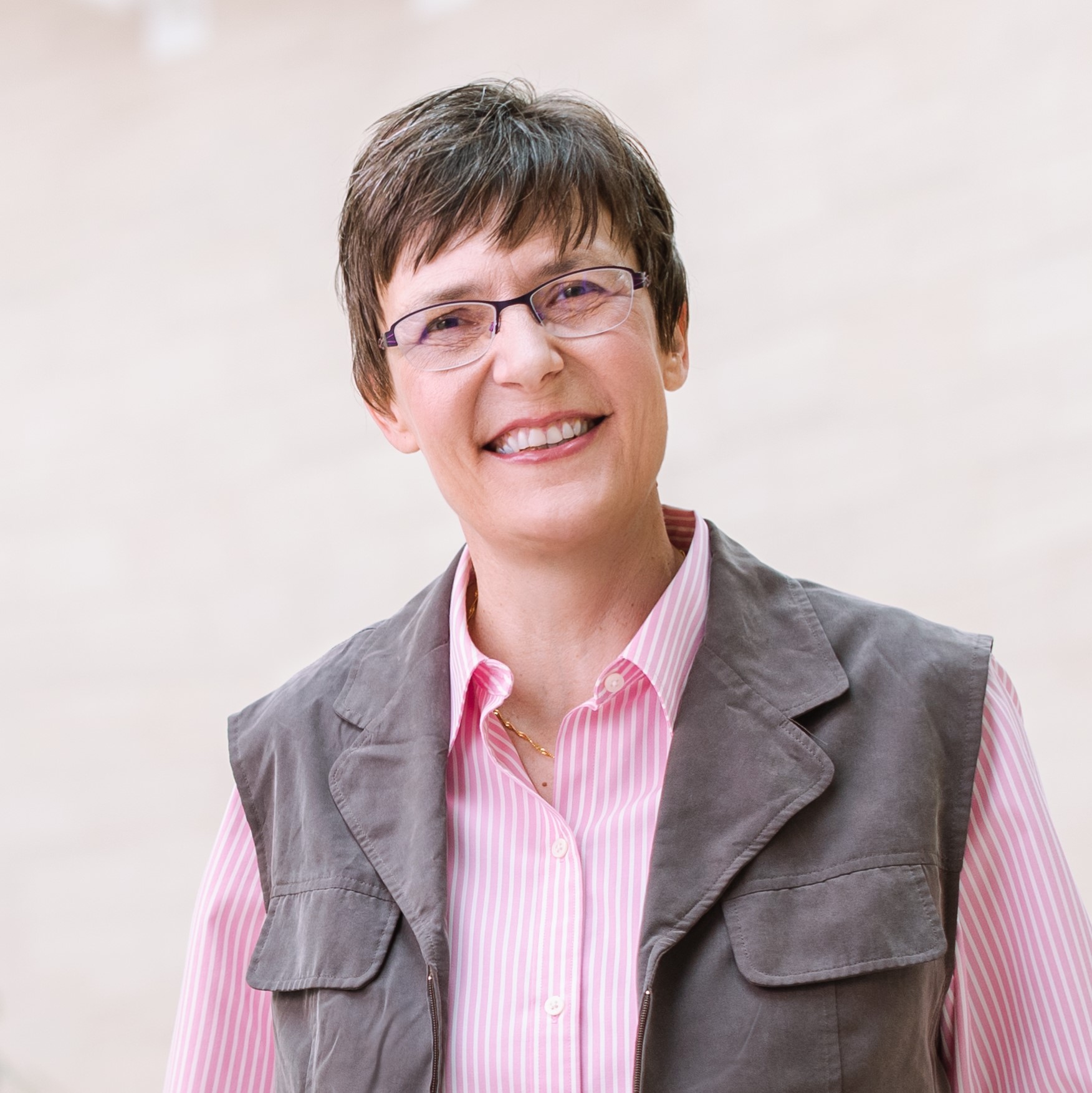A Buck story involving sirtuins, “carbon stress” and a bit of scientific controversy
The Buck Institute is devoted to research about the processes that contribute to aging and the diseases that come with age. While some findings are being tested in humans, other research is at a very basic, molecular level where it may not be obvious how the findings will relate to human aging.

 For example, Eric Verdin, MD, a professor, President, and Chief Executive Officer of the Buck Institute, was the co-senior author, along with Buck professor Birgit Schilling, PhD, of an article earlier this year in Nature Metabolism: “Regulation of urea cycle by reversible high stoichiometry lysine succinylation,” a title that gives no indication of the long-standing biochemical mystery that has been solved with this publication.
For example, Eric Verdin, MD, a professor, President, and Chief Executive Officer of the Buck Institute, was the co-senior author, along with Buck professor Birgit Schilling, PhD, of an article earlier this year in Nature Metabolism: “Regulation of urea cycle by reversible high stoichiometry lysine succinylation,” a title that gives no indication of the long-standing biochemical mystery that has been solved with this publication.
“It is quite a significant finding from a basic science point of view,” Verdin says. “It is a chemical story with a long history,” with implications for how a fundamental body process operates. Scientists in the field had previously thought that what Verdin and Schilling uncovered was irrelevant.
This work focused on a key molecule in metabolism: coenzyme A (CoA), which is critical to many cellular processes. This molecule essentially activates other biomolecules, such as fatty acids, to start reacting and participating in chemical reactions. “They are everywhere,” says Verdin, with more than 50 of these CoA combinations occurring in the body.
One of the byproducts of activated CoA molecules is that they participate not only in the proper reaction (leading to the desired synthesis), but they also tend to react with many other proteins and alter them. In many cases, the result is enzymes being inhibited and no longer able to function properly in cells.
The overactive CoA molecules create “carbon stress.” The term is parallel to the more familiar “oxidative stress,” which is toxicity from byproducts of the body using oxygen. Both types of stress are totally normal within the body but can be highly damaging to cells if they are not neutralized properly.
“It seems like a crazy system that nature makes a molecule reactive for one purpose but then it starts reacting with everything else, which is obviously going to be a problem,” says Verdin. “The current thinking is that this carbon stress can have a toxic and aging effect.”
The way the body deals with carbon stress is by devoting a whole set of enzymes to remove the active group from proteins. The most famous of these are the sirtuins, touted as a promising target in slowing down the aging process. “We think of the sirtuins as mopping-up enzymes,” says Verdin. They approach and inspect proteins that have been modified and they remove the additions to allow the proteins to function again.
To explore what was happening at the molecular level, Verdin’s team looked at a specific CoA reaction: the attachment of a succinyl group to a protein molecule. The product of this reaction is implicated in the development of multiple age-related diseases. The team focused on sirtuin 5, in the mitochondria of mouse livers, which was suspected to play a role in the health benefits of fasting, and possibly chronic caloric restriction, but nobody knows for sure how.
The team identified that this sirtuin was active in an enzyme critical to the urea cycle and ammonia detoxification, a normal process that removes ammonia produced in the colon and small intestine by converting it to urea for excretion. If this fundamental system fails, ammonia accumulates, which can cause fatigue, confusion, coma or death.
Many scientists involved with this specialized area of research had considered the mechanism that Verdin’s team uncovered to be biologically irrelevant because it appeared the reactions were occurring at such a low rate. “My question has always been: if these modifications are not biologically important, why would nature devote seven different proteins to this? It doesn’t make any sense,” says Verdin. “It is just that we haven’t been very good at finding the relevant reactions.”
Additionally, the scientific world is very suspicious of any new ideas, he says. But now that his team has cut through the noise to find the target of the reactions, it is a reminder that all the tiny pieces must fit together to create the big picture. “I hope other scientists will reevaluate their biases in thinking this is not important,” he says. “I think it should open a new page in this story.”
Verdin’s team is currently at work studying sirtuin 5, “resurrecting it from the dead and finding amazing stories,” he says. “Now that we understand better why it is relevant there is a lot more work done, trying to activate it and make it do its work better to target longevity.”

